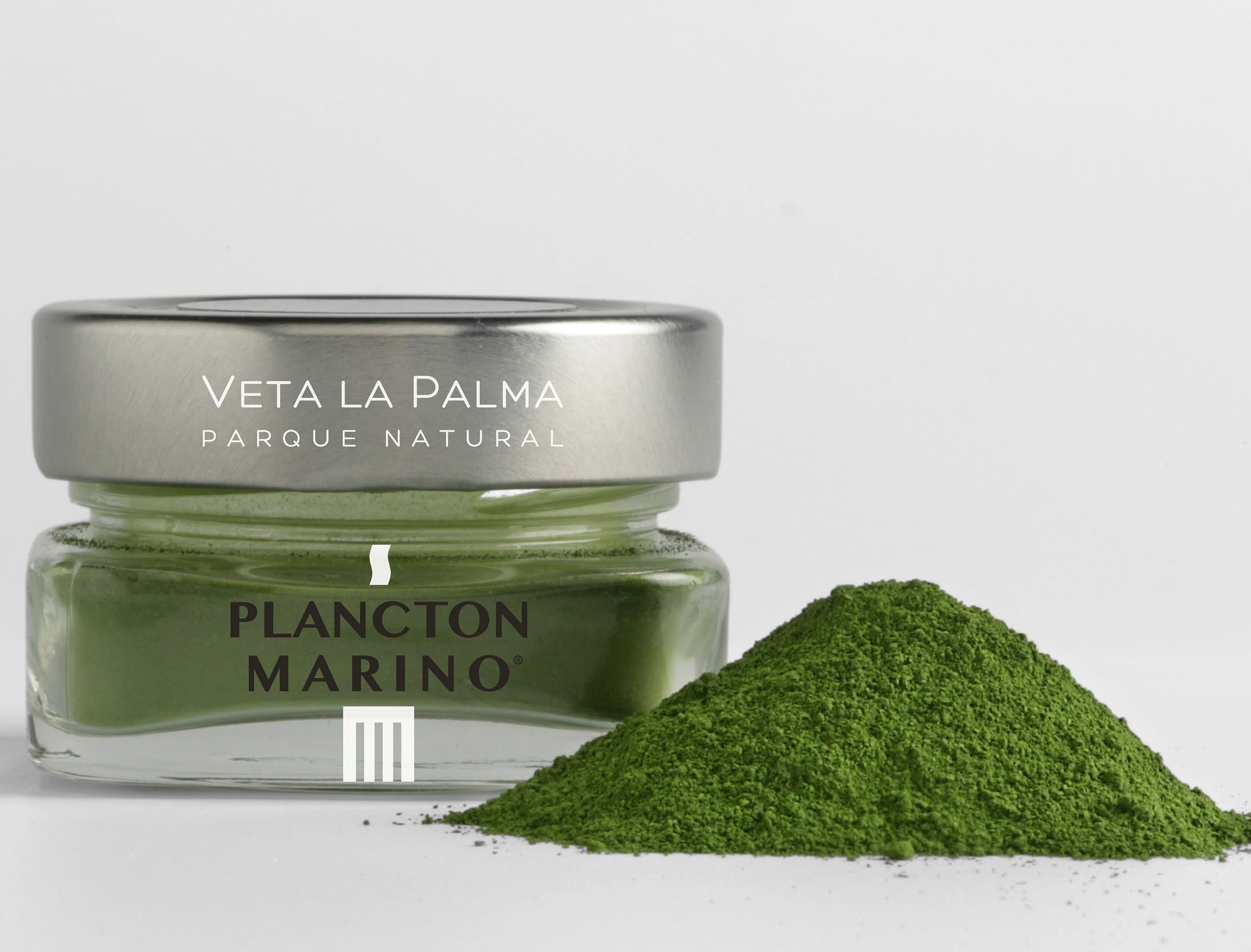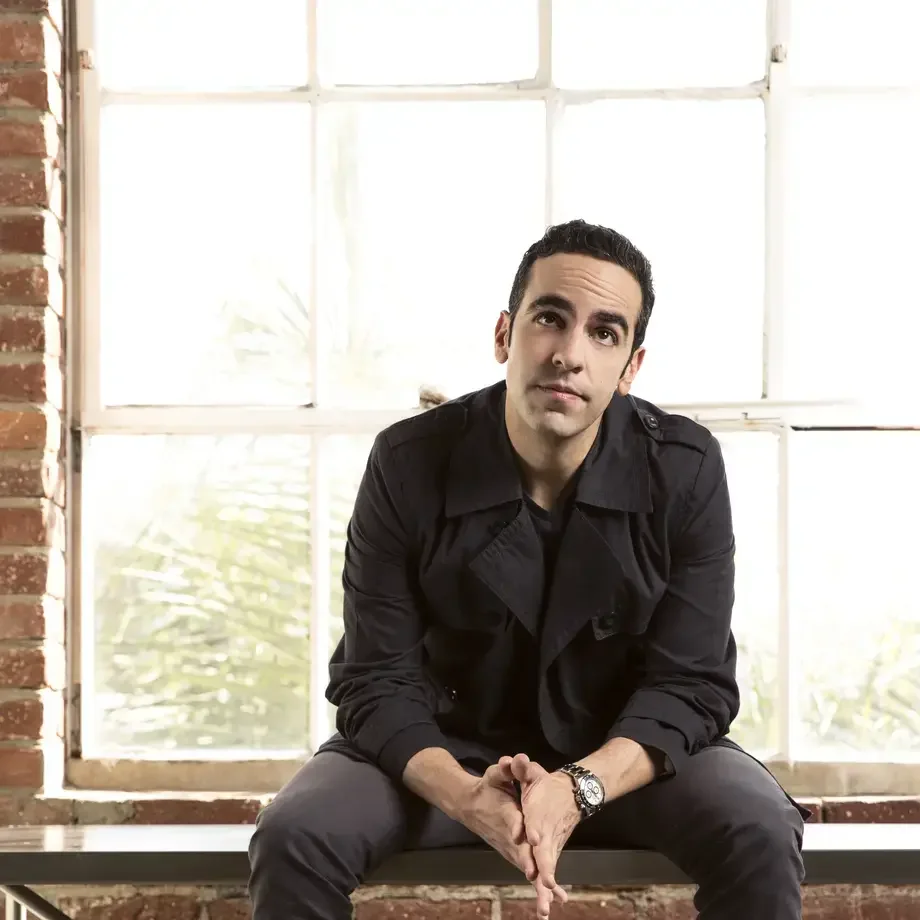From 'food for crustaceans' drifting in ocean currents, to Michelin-starred chefs' kitchens and haute cuisine.
We're describing the upwardly mobile journey of plankton, the natural marine ingredient predicted to trend in the food world this year: “As we see the trend in health–conscious food growing, this will be an interesting ingredient to look out for on restaurants menus across the country,” explains Chef Sergio Sanz Blanco from Ametsa, formerly of Arzak, in the Press and Journal.
This, along with news that plankton is now available to purchase, making it more accessible to chefs and home cooks than ever before. This could all mean a huge 2017 for an organism of microscopic proportions.
Let's take a closer look at what plankton is and how we can cook with plankton in the kitchen.
What is Marine Plankton?
Plankton plays a vital role in our marine ecosystem. Known as microalgae, they produce 50% of our oxygen and are a valuable source of food for fish and shellfish.
No longer only found in the ocean, Fitoplankton Marino S.L is the Spanish producer that has managed to re-create the ideal conditions for cultivating microalgae within their aquaculture company located in Puerto de Santa Maria near the Spanish city of Cadiz. It is the first, and so far only, company growing and licensed to produce plankton for human consumption.












